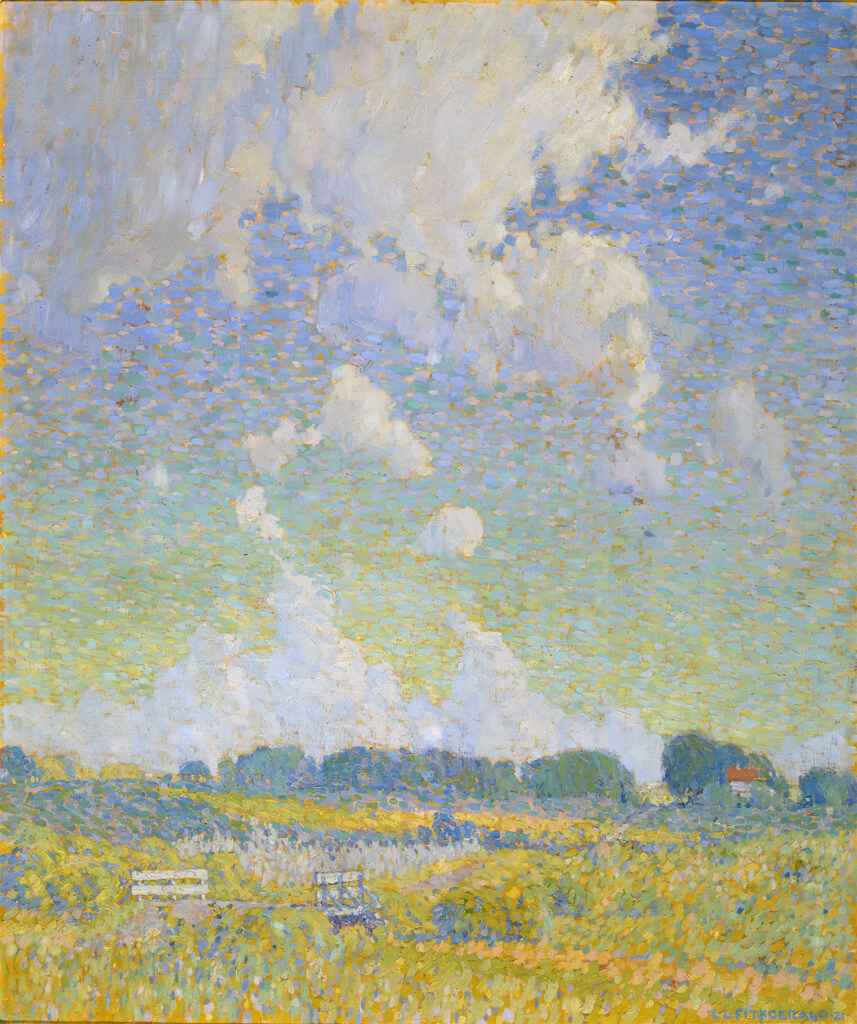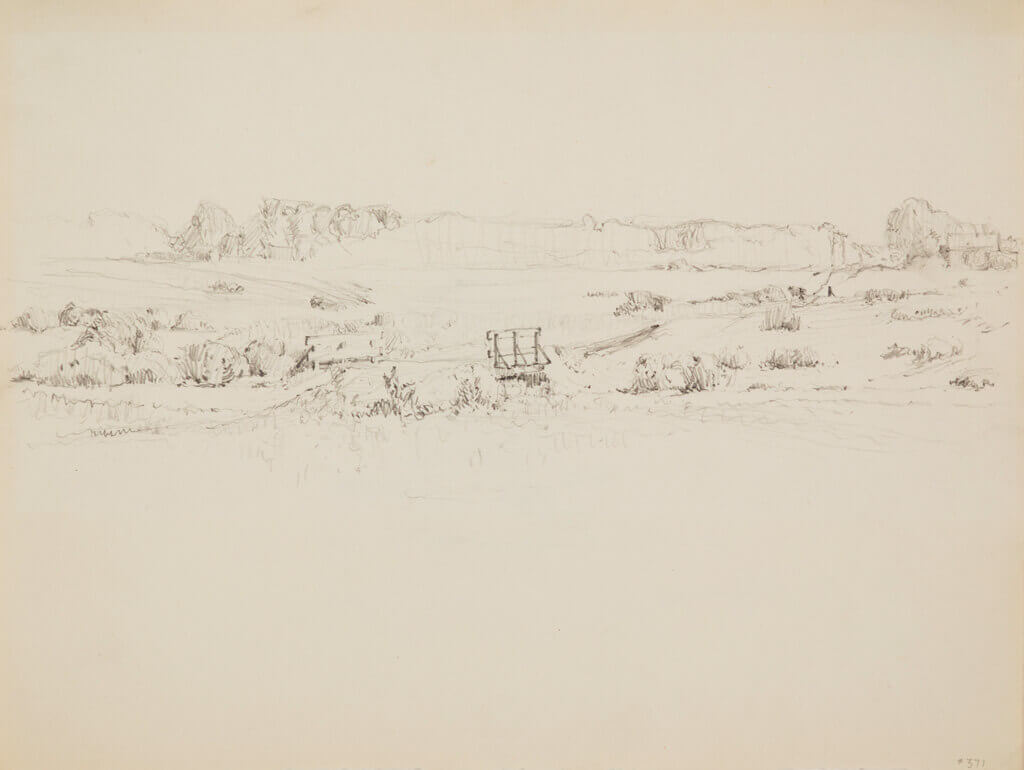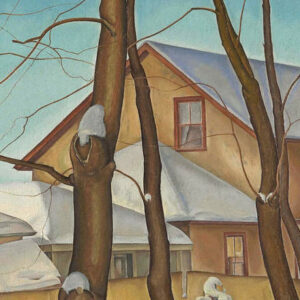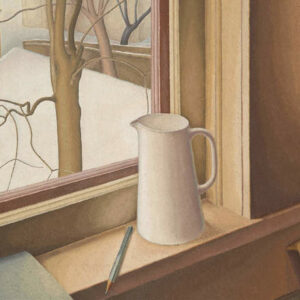Summer Afternoon, The Prairie 1921

Lionel LeMoine FitzGerald, Summer Afternoon, The Prairie, 1921
Oil on canvas, 107.2 x 89.5 cm
Winnipeg Art Gallery
As a boy, and later as an artist, FitzGerald was captivated by the penetrating prairie light and the natural phenomena that occur with the change of seasons. “The prairie has many aspects, intense light and the feeling of great space are dominating characteristics and are the major problems of the prairie artist.” Summer Afternoon, The Prairie is FitzGerald’s first painting of consequence to tackle the vast expanse of low horizon and big sky that characterize the prairie landscape.

Although the French Impressionists are famous for having painted en plein air, FitzGerald, having made a detailed preliminary sketch outside, worked rapidly on his large canvas indoors from memory. His brand of Impressionism in Summer Afternoon, The Prairie is based on his highly decorative juxtaposition of broken dabs of prismatic colour to suggest the shimmering heat of a summer day. He foregoes local colour, using instead complementary contrasts of blue/orange and yellow/violet to depict light and shadow. The textured, thick brushwork of the landscape gives way to a dominant sky in which more widely spaced strokes form a background to billowing cumuli. While a recession of landscape elements to the horizon is suggested, the eye is drawn back to the surface of the canvas by the richness of the brushwork.
FitzGerald’s painting is not a view of unspoiled nature on the prairie but of one mediated by man’s presence. The bridge over the culvert in the foreground indicates that the land has been cultivated, and the house with the red roof at the right confirms that the prairie is desirable for habitation. In showing the prairie as a form of Arcadia, FitzGerald helped to foster the notion of Western Canada as a beautiful and inviting place. The landscape was not only a locale with economic benefits but also one dominated by nature’s glorious majesty of open sky and a sense of freedom.

 About the Author
About the Author
 More Online Art Books
More Online Art Books
 Acknowledgements
Acknowledgements